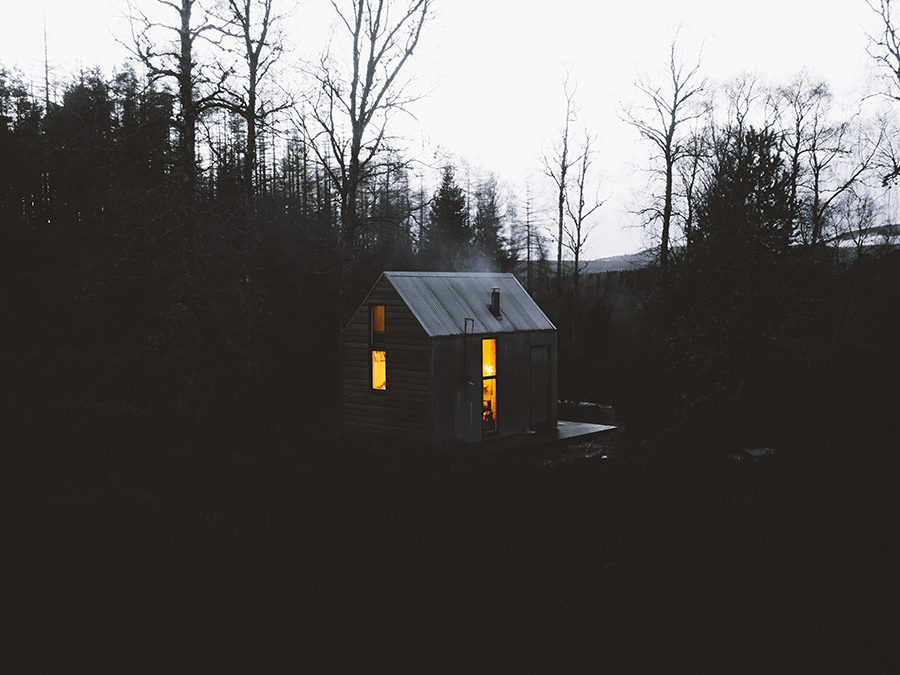A cottage is, typically, a small house. It may carry the connotation of being an old or old-fashioned building. In modern usage, a cottage is usually a modest, often cosy dwelling, typically in a rural or semi-rural location.
The word comes from the architecture of England, where it originally referred to a house with ground floor living space and an upper floor of one or more bedrooms fitting under the eaves. In British English the term now denotes a small dwelling of traditional build, although it can also be applied to modern construction designed to resemble traditional houses (“mock cottages”). Cottages may be detached houses, or terraced, such as those built to house workers in mining villages. The tied accommodation provided to farm workers was usually a cottage, see cottage garden. Peasant farmers were once known as cotters. The holiday cottage exists in many cultures under different names. In American English, “cottage” is one term for such holiday homes, although they may also be called a “cabin”, “chalet”, or even “camp”. In certain countries (e.g. Scandinavia, Baltics, and Russia) the term “cottage” has local synonyms: In Finnish mokki, in Estonian suvila, in Swedish stuga, in Norwegian hytte (from the German word Hutte), in Slovak chalupa, in Russian дача (dacha, which can refer to a vacation/summer home, often located near a body of water).
In places such as Canada, “cottage” carries no connotations of size (compare with vicarage or hermitage).
The holiday cottage exists in many cultures under different names. In American English, “cottage” is one term for such holiday homes, although they may also be called a “cabin”, “chalet”, or even “camp”. In certain countries (e.g. Scandinavia, Baltics, and Russia) the term “cottage” has local synonyms: In Finnish mokki, in Estonian suvila, in Swedish stuga, in Norwegian hytte (from the German word Hutte), in Slovak chalupa, in Russian дача (dacha, which can refer to a vacation/summer home, often located near a body of water).
In places such as Canada, “cottage” carries no connotations of size (compare with vicarage or hermitage). 
